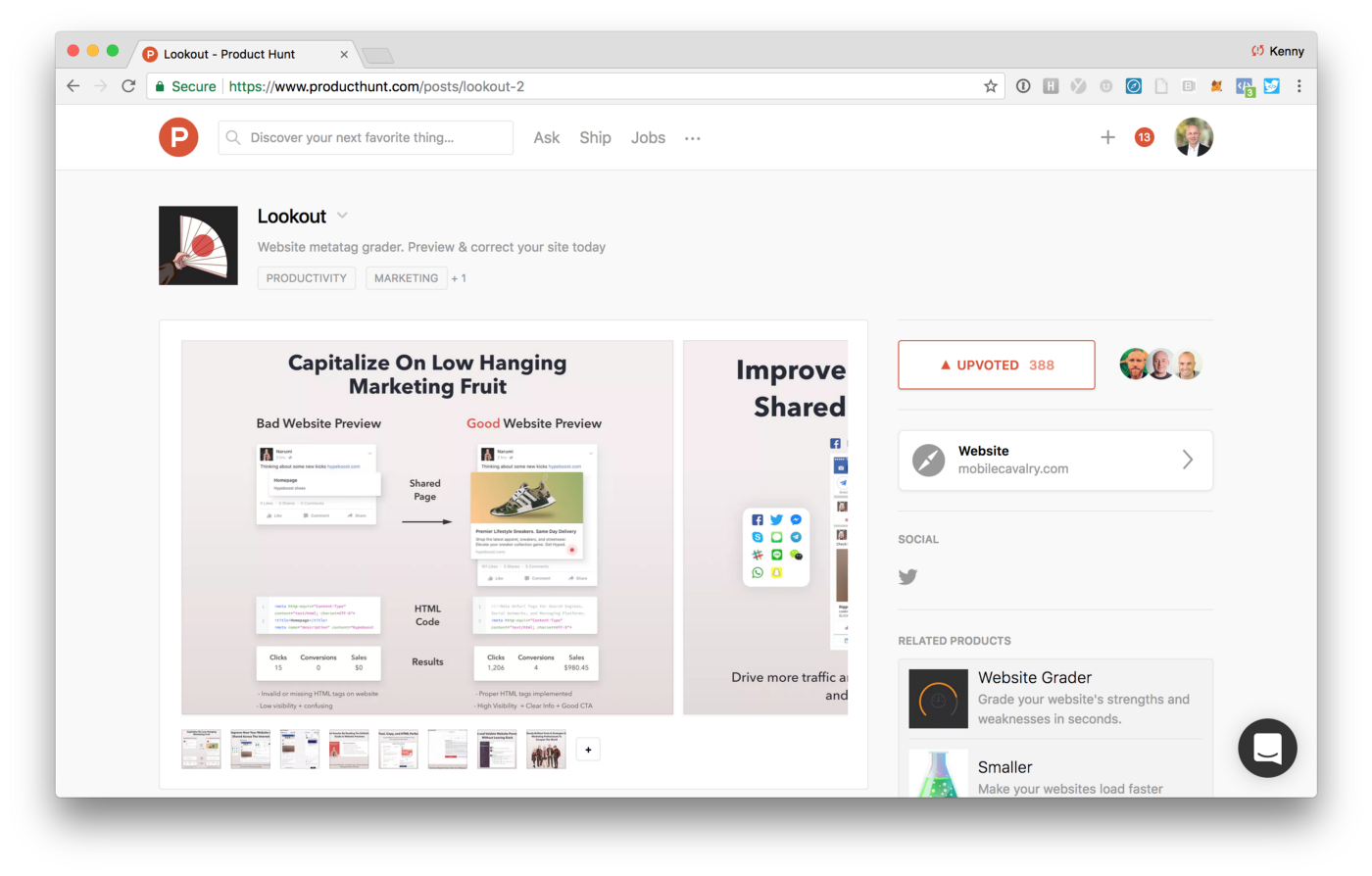Don't fall into the trap of technology searching for a problem solution.
Here are the 'Top 5 SaaS Blindspots' that I've personally come across during my experiences building my own b2b startups and collaborating with fellow early-stage founders.
If your startup resonates with any, it's time to hit pause, introspect, and engage with your customers. Let's get at it.
WIP edit 00.
1) Founders Delegate Early Sales
Founders hesitate to lead sales, resulting in a noticeable lack of ownership and priority over sales, customers, and metrics. This avoidance leads to the transfer of responsibility and blame to an agency or a new marketing or sales hire.
Unfortunately, I've seen new team members and external agencies face the same issues upon arrival. Although a product exists, it often lacks validation. "How can I sell or promote this product if I don't know who our customer is, and what problem we solve"? Early sales isn't a magic tap. No one will champion your product or understand your customers' pain points with the same zeal and conviction as the founders.
If you lack sales expertise or feel uncertain about where to begin, prioritize engaging with your customer by asking insightful questions. It's not solely about pitching products or features; rather, it's centered around active listening. Focus on comprehending the problem, and inquire with your prospect to confirm whether you've accurately captured the essence of their challenge(s).
To get the hang of sales, it's about reps. For resources, use YouTube, Google, and read both customer development and sales books (drop me a DM or email for suggestions). If things get overwhelming, consider bringing in backup support for the customer development — just make sure they're there to support, not take over the founder led sales motion. Once you've got happy customers, know your Ideal Customer Profile inside out, and have a working solution, then think about adding some marketing and sales firepower.
2) Features versus Problem Solving
Your sales demo and landing pages prioritize specifications and how features or the product works, as opposed to centering on who the product is designed for (Ideal Customer Profile) and how it directly benefits them (pain it solves).
If you've secured early sales and comprehend your customers' pain points, shift your sales strategy to emphasize the problems you solve rather than technical specifications. How do customers explain the problem you solve for them?

3) Your Target Customer is Everyone
The team commonly refers to 'everyone' as a potential customer but consistently struggles to identify a specific target customer, buyer, or use case. Discussions revolve around developing features to accommodate every potential user on earth. The roadmap is extensive, with dedicated GitHub repositories for every environment, and platform, yet there are currently no active clients.
4) Struggle With Pricing. Won't Ship v1
Your product or MVP is ready for feedback, yet you hesitate to launch privately or publicly due to pricing concerns. Instead of spending weeks (or months) on an exhaustive pricing page catering to every possible scenario, consider offering introductory pricing or skipping the pricing page altogether. Engage directly with customers to grasp their problems, understand the value they place on your solution, and how it empowers them.
Every startup and business revises pricing; the initial launch price is never perfect. Expect countless pricing updates in the first few years. Act now — ship!
5) Over Engineered Product with 0 Paying Users
Two years into building, at version 20, with more developers than customers. Instead of personally engaging in selling and manually onboarding, you've crafted intricate processes for sophisticated signup flows, pricing, upgrades, referral loops, & email flows.
In the beginning, skip fancy Stripe integrations, dark mode, and extra features. Focus on closing sales, collecting credit cards over the phone, handling customer support, and manually updating databases, rather than investing in elaborate UIs.
Check out General Magic - https://en.wikipedia.org/wiki/General_Magic
Unlocking the potential of your saas startup starts with acknowledging blindspots. I've been there, and have the scar tissue. But it's easy to turn it around. Remain focused on your customers, obsess over their needs, and navigate the path forward with clarity.